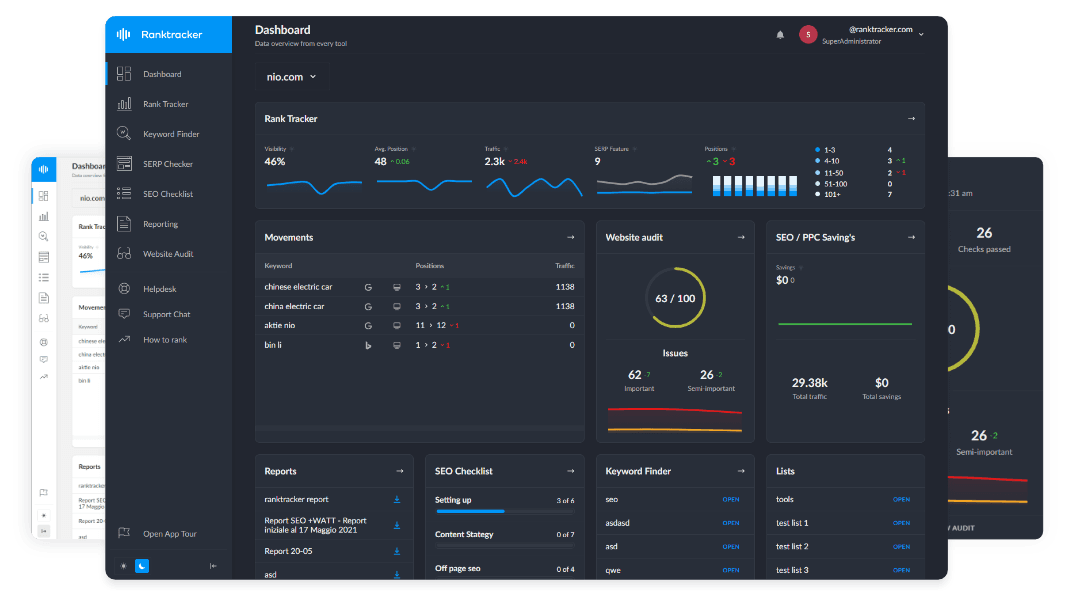Intro
JavaScript plays a vital role in modern web development, but it can create challenges for SEO if not implemented correctly. Ensuring that search engines can crawl and index JavaScript content is crucial for improving rankings and visibility.
1. How Search Engines Process JavaScript
Search engines use a three-step process to handle JavaScript content:
1. Crawling
Googlebot first discovers and fetches the page's HTML content.
2. Rendering
Google executes JavaScript to load dynamic content, similar to how a browser processes a page.
3. Indexing
Once JavaScript execution is complete, Google indexes the fully rendered page.
2. Common JavaScript SEO Issues
Improper JavaScript implementation can lead to indexing problems.
Common Problems:
- Content hidden behind JavaScript rendering.
- Slow JavaScript execution delays page indexing.
- Incorrectly configured lazy loading prevents image indexing.
- Poor internal linking structure due to dynamic navigation.
3. How to Make JavaScript Content Crawlable
Use Server-Side Rendering (SSR) or Pre-Rendering
- SSR ensures that search engines receive fully-rendered HTML.
- Pre-rendering generates static versions of JavaScript-heavy pages for crawlers.
Optimize Lazy Loading
- Ensure important images and content load without user interaction.
- Use
<noscript>tags to provide alternative content for crawlers.
Implement Proper Internal Linking
- Use
<a href>for links instead of JavaScript-based navigation. - Ensure all important pages are easily discoverable.
Reduce JavaScript Execution Time
- Minify and bundle JavaScript files.
- Defer non-critical scripts to improve page speed.
- Use efficient frameworks like Next.js or Nuxt.js for performance optimization.
4. Testing JavaScript SEO Performance
Tools to Analyze JavaScript SEO Issues:
- Google Search Console URL Inspection Tool – Check how Google renders a page.
- Google Mobile-Friendly Test – Ensure JavaScript doesn’t block mobile rendering.
- Lighthouse (Chrome DevTools) – Identify JavaScript performance bottlenecks.
- Screaming Frog (JavaScript Rendering Mode) – Crawl and analyze JavaScript-heavy pages.
5. Best Practices for JavaScript SEO
- Use progressive enhancement to ensure critical content is accessible without JavaScript.
- Implement structured data using JSON-LD to help Google understand dynamic content.
- Regularly audit your site to ensure JavaScript changes don’t impact indexing.
- Monitor Google Search Console for crawl and indexing errors related to JavaScript.
Ensuring JavaScript content is crawlable and indexable is critical for SEO success. By following best practices like server-side rendering, optimizing lazy loading, and improving internal linking, you can enhance your site’s visibility in search results.

